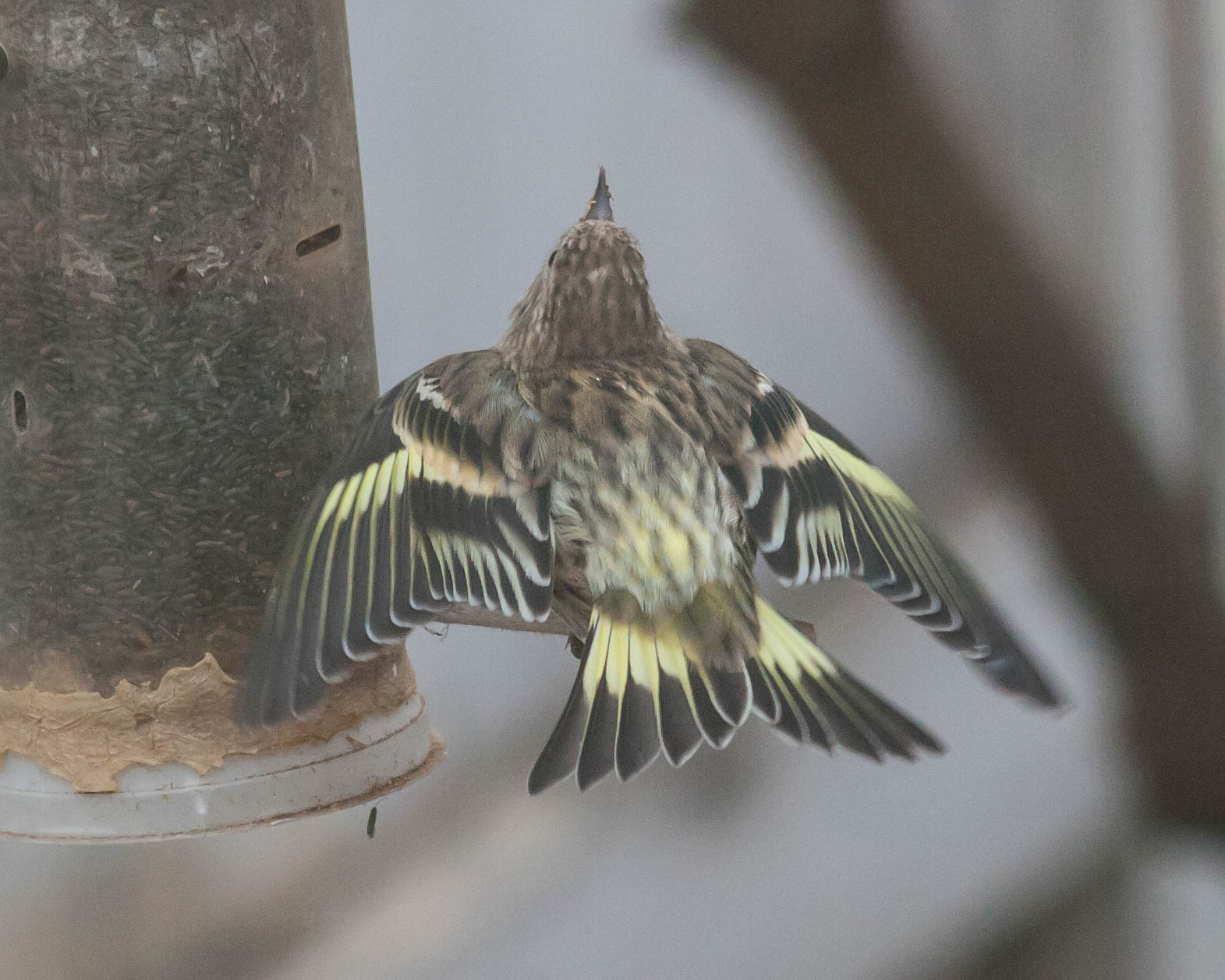Setting up a bird feeder and/or bird bath makes life easier for birds and our lives more enjoyable. Birds can become ill, however, from leftover bits of seeds and hulls that have become moldy or from droppings that have accumulated on and around feeders. Fluffed-up feathers, lethargy, abnormal growths, and crusty eyes are all symptoms of avian illnesses such as salmonella, trichomoniasis, avian pox, and eye disease. You can help prevent illnesses at your feeder and stop the spread.
Follow these simple steps in order to create a safer environment for your birds:
- Clean feeders and birdbaths. Every two weeks, scrub and soak feeders with 10% chlorine bleach solution (one part bleach to nine parts water). Rinse feeders thoroughly and allow to completely dry before refilling. Only use feeders that are easy to clean.
- Clean the ground under feeders. Regularly rake and discard bird food and droppings under feeders as they can become moldy or spoiled.
- Move your feeders around. Regularly change your feeder placement to limit the concentration of droppings and seed wastes.
- Temporarily remove feeders. Take down your feeders for two weeks if a sick bird appears at your feeder or if an outbreak has been reported close to you.
- Consider using feeders that do not allow the birds to stand in their food. Droppings are more likely to come into contact with food on open trays and platform feeders.
- Always discard any seed that has become wet. Harmful molds can grow on wet seeds.

Pine Siskin Photo: Jim McCabe
For more information about bird diseases and what to do if you see a sick bird at your feeder, visit https://feederwatch.org/learn/sick-birds-and-bird-diseases/
The Canadian Wildlife Health Cooperative encourages you to contact their CWHC regional centre in your area to report sick or dead birds and wildlife. For more information visit: http://www.cwhc-rcsf.ca/

